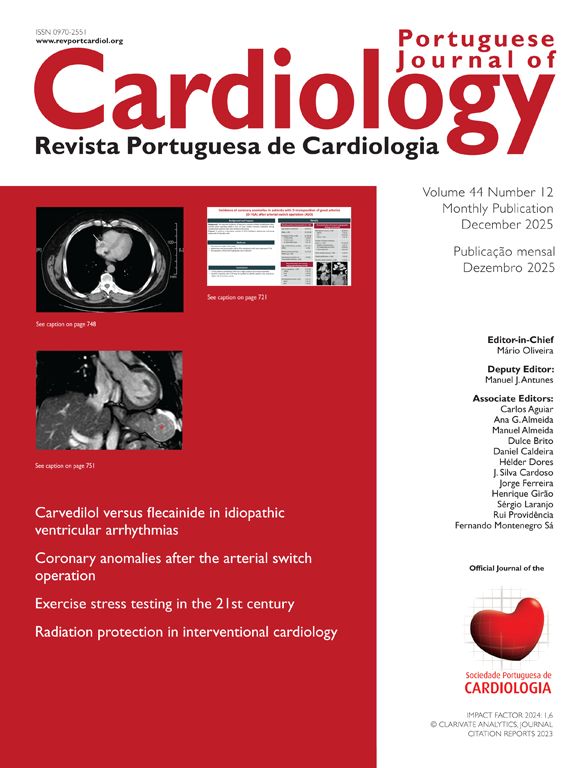que se leu este artigo
| Ano/Mês | Html | Total | |
|---|---|---|---|
| 2025 12 | 159 | 22 | 181 |
| 2025 11 | 366 | 86 | 452 |
| 2025 10 | 160 | 40 | 200 |
| 2025 9 | 121 | 47 | 168 |
| 2025 8 | 138 | 56 | 194 |
| 2025 7 | 192 | 42 | 234 |
| 2025 6 | 96 | 37 | 133 |
| 2025 5 | 106 | 28 | 134 |
| 2025 4 | 86 | 33 | 119 |
| 2025 3 | 71 | 32 | 103 |
| 2025 2 | 57 | 30 | 87 |
| 2025 1 | 38 | 69 | 107 |
| 2024 12 | 45 | 32 | 77 |
| 2024 11 | 52 | 42 | 94 |
| 2024 10 | 48 | 45 | 93 |
| 2024 9 | 46 | 30 | 76 |
| 2024 8 | 50 | 35 | 85 |
| 2024 7 | 44 | 35 | 79 |
| 2024 6 | 44 | 22 | 66 |
| 2024 5 | 35 | 30 | 65 |
| 2024 4 | 36 | 33 | 69 |
| 2024 3 | 38 | 28 | 66 |
| 2024 2 | 25 | 21 | 46 |
| 2024 1 | 24 | 29 | 53 |
| 2023 12 | 26 | 28 | 54 |
| 2023 11 | 35 | 32 | 67 |
| 2023 10 | 34 | 21 | 55 |
| 2023 9 | 35 | 21 | 56 |
| 2023 8 | 23 | 16 | 39 |
| 2023 7 | 16 | 15 | 31 |
| 2023 6 | 47 | 18 | 65 |
| 2023 5 | 52 | 21 | 73 |
| 2023 4 | 60 | 7 | 67 |
| 2023 3 | 59 | 29 | 88 |
| 2023 2 | 53 | 22 | 75 |
| 2023 1 | 24 | 21 | 45 |
| 2022 12 | 57 | 31 | 88 |
| 2022 11 | 68 | 34 | 102 |
| 2022 10 | 67 | 33 | 100 |
| 2022 9 | 50 | 66 | 116 |
| 2022 8 | 41 | 39 | 80 |
| 2022 7 | 35 | 54 | 89 |
| 2022 6 | 36 | 42 | 78 |
| 2022 5 | 55 | 53 | 108 |
| 2022 4 | 108 | 68 | 176 |
| 2022 3 | 71 | 57 | 128 |
| 2022 2 | 31 | 30 | 61 |





